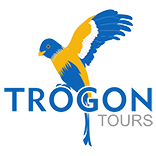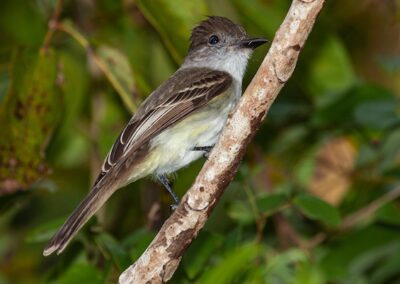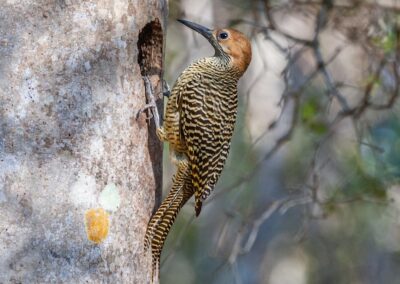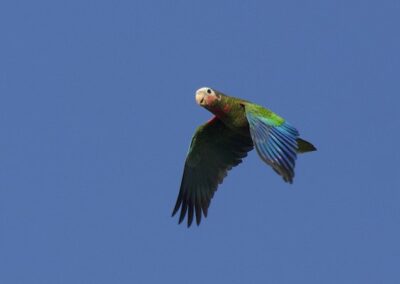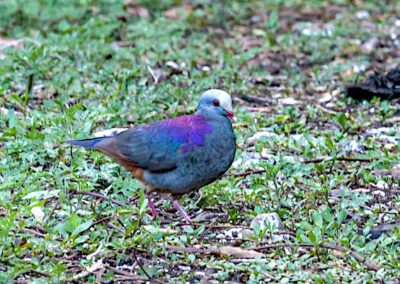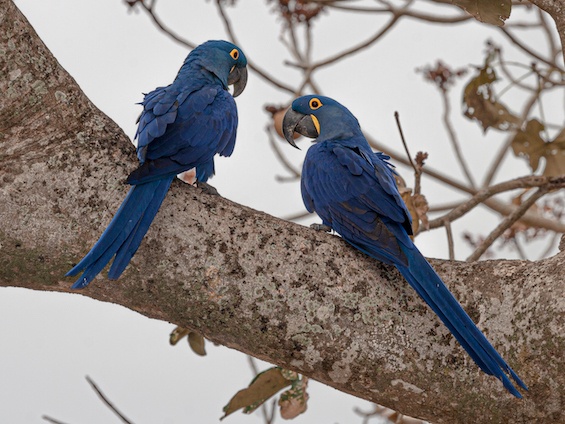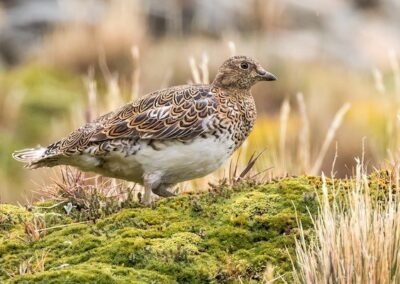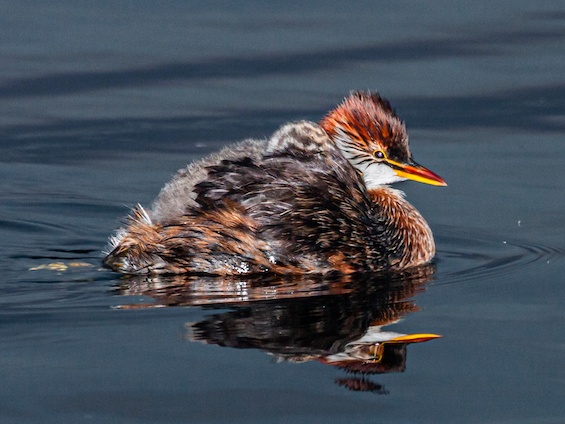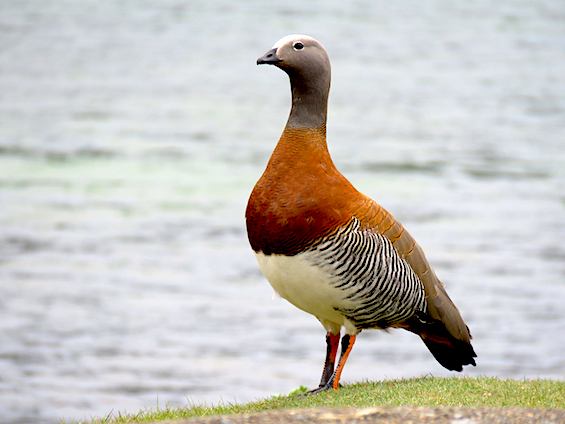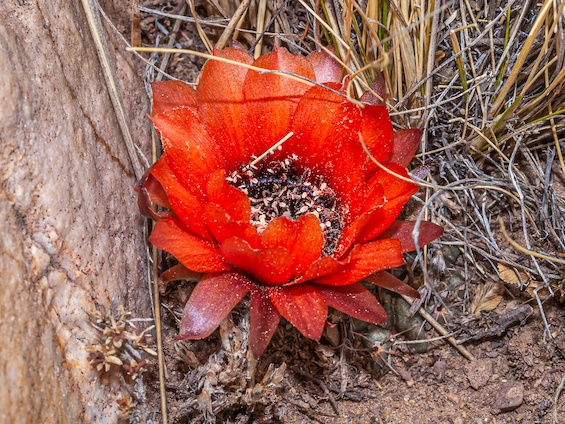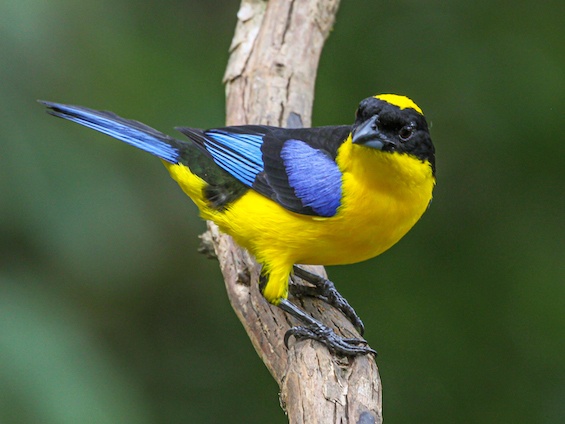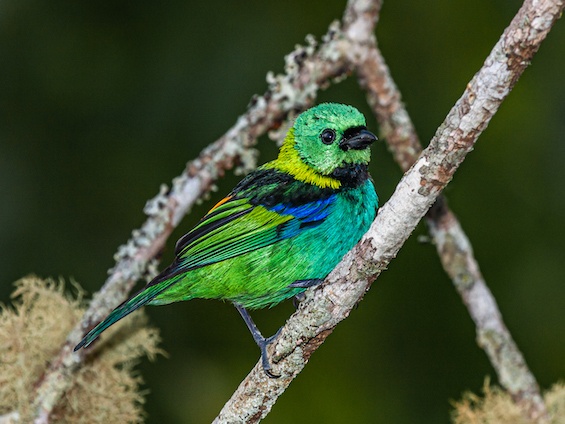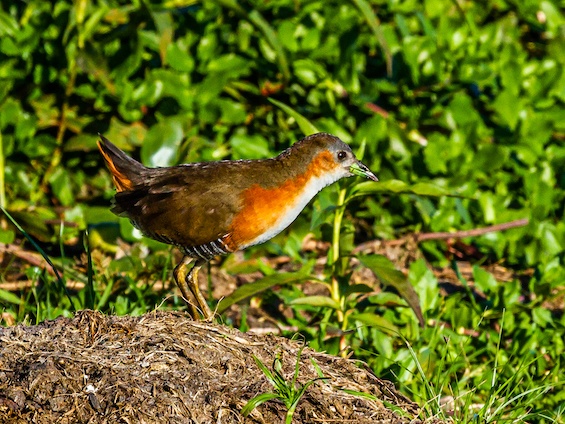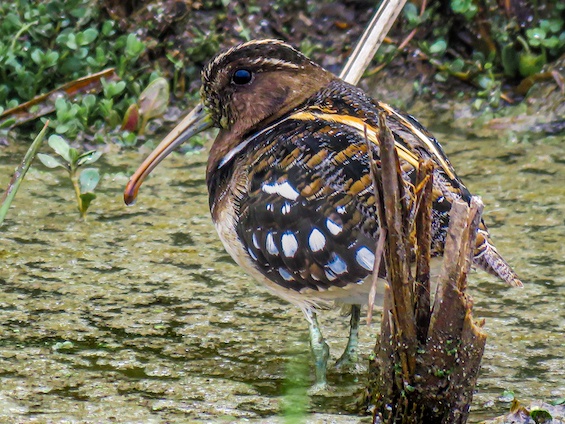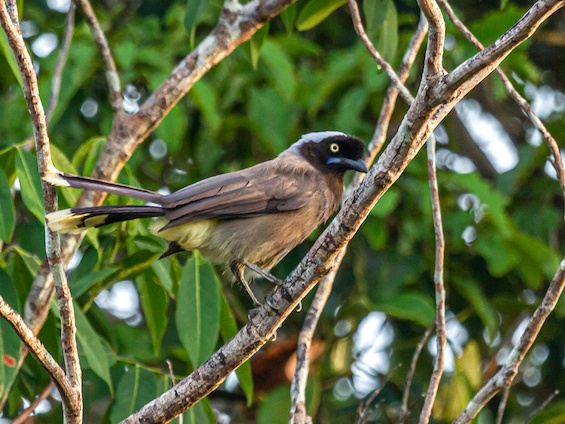Tour Features
The Republic of Cuba is a country comprising an archipelago of islands in the northern Caribbean Sea, sitting only 150 kilometres (93 miles) south and across the Straits of Florida to the closest tip of Key West, the southernmost point of the United States of America.
With a length of 1,250 km (780 mi), the island of Cuba is the largest island in the Caribbean and the main one of this archipelago. Covering an area of 104,556 km2 (40,369 sq. mi), it constitutes most of the country’s land area. Cuba’s main island is the 17th-largest island in the world. It consists mostly of flat to rolling plains apart from the Sierra Maestra Mountains in the southeast. The Republic of Cuba has an official land area of 109,884 km2 (42,426 sq. mi) but including coastal and territorial waters its total area is 110,860 km2 (42,803 sq. mi).
With the entire archipelago south of the Tropic of Cancer, the local climate is tropical, moderated by northeasterly trade winds that blow year-round. The temperature is also shaped by the Caribbean current, which brings in warm water from the equator. In general (with local variations), there is a drier season from November to April, and a rainier season from May to October. The average temperature is 21 °C (69.8 °F) in January and 27 °C (80.6 °F) in July.
Cuba is home to beautiful beaches, forests, mountains, mangroves, and wetlands, but it was not until the 1990s that the government established laws to protect the environment. Since then, Cuba has established an excellent network of nationally protected natural areas in a variety of habitats, thus covering some 12% of the total land area, which falls within roughly 200 conservation units. Among these, there are 6 RAMSAR sites, 6 Biosphere Reserves and 28 Important Bird Areas. Cuba is also an Endemic Bird Area (EBA) in itself. Despite a great percentage of Cuba’s native vegetation been converted into farmland over the past 200 years, 20% of land still remains in its natural state, virtually untouched, and thus creating a safe haven for rare and intriguing indigenous animals, as well as for hundreds of species of migratory birds and marine creatures.
Cuba’s natural habitats range from forests to coastal mangroves, and wildlife also benefits from artificial man-made habitats such as rice fields and other farmland. Besides the mountain ranges of Sierra Maestra and Sierra Cristal in the southeast, the Escambray Mountains in the centre, and Sierra del Rosario in the northwest, the island is mainly lowland, with arid scrub, savannah, and different types of forest, including lowland and montane rain forest, cloud forest, and dry deciduous forest. Some extensive coastal wetlands are particularly interesting for birders, with Zapata Swamp standing out of all the others.
Join us on this fantastic birding tour to Cuba and enjoy watching roughly 150 species of birds, including most of its 28 endemics, and several Caribbean specialties, as we thoroughly explore Cuba’s main natural habitats.
Some Birds We’ll Look For
Cuban Trogon, Cuban Gnatcatcher, Cuban Tody, Cuban Vireo, Bee Hummingbird, Zapata Wren, Blue-headed Quail Dove, Cuban Amazon, Cuban Solitaire and Oriente Warbler.
INFORMATION
Tour Interest:
Birding
Tour Type:
Overland
Tour Dates:
Runs on request
Tour Duration:
Starts/Ends:
Best time to go:
Prices:
What’s Included?
What’s Not Included?
Itinerary ( 9 days )
Day
1
Arrival
Arrival in Camagüey. Citytour and birding in the surroundings. O/N Camagüey.
Day
2
Camagüey
Camagüey to Cayo Coco via Najasa. O/N Cayo Coco.
Day
3
Cayo Paredón Grande
Cayo Coco, Cayo Guillermo and Cayo Paredón Grande. O/N Cayo Coco.
Day
4
Cayo Coco to Zapata
Cayo Coco to Zapata. O/N Playa Larga.
Day
5 & 6
Ciénaga de Zapata
Two full days exploring Ciénaga de Zapata. O/N Playa Larga.
Day
7
San Diego de los Baños
Zapata to San Diego de los Baños. O/N San Diego de los Baños.
Day
8
Portales to Havana
Cueva de los Portales to Havana. O/N Havana.
Day
9
Tour conclusion
Transfer to Havana Airport. Tour conclusion
